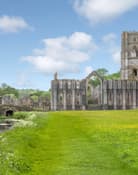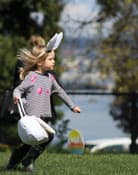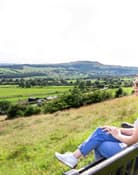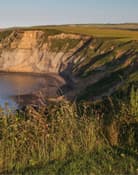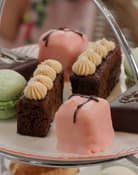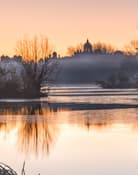Stories & Inspiration
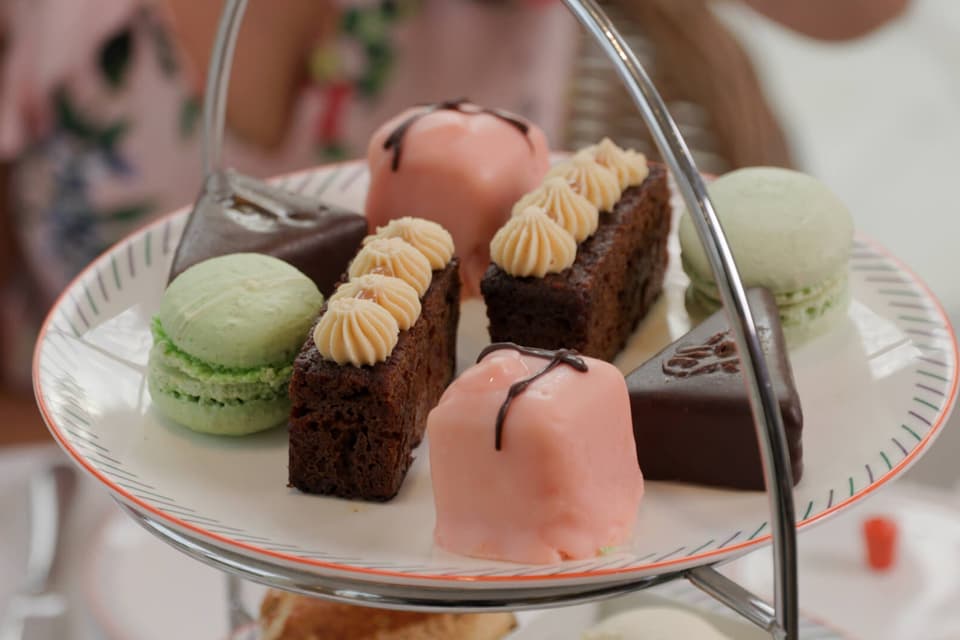
Celebrate Afternoon Tea in North Yorkshire
We love Afternoon Tea here in North Yorkshire and…

Walk this May in the Skell Valley
Find out about three new walks through the Skell…

Perfect shopping destination
North Yorkshire is the ideal shopping destination…

Getaway this Spring
Sometimes we just need to get away from it all to…
Latest Stories & Inspiration

Your Great Yorkshire Visit
So you’ve booked your tickets to the Great Yorkshire Show, you’ve found your place to stay and now you’re wondering about other amazing things to do in Harrogate and the wider area while you’re here?

Action-packed family days out in North Yorkshire
North Yorkshire is a full of awesome activities for those families looking for a holiday that is full of adrenaline and excitement
Visit North Yorkshire TV
Search all Stories & Inspiration
Walk this May in the Skell Valley
Find out about three new walks through the Skell…
Your Great Yorkshire Visit
So you’ve booked your tickets to the Great…
North Yorkshire is a full of awesome activities…
Experience great Easter days out in North…
Here's your guide to an unforgettable family…
Sometimes we just need to get away from it all to…
From windswept moors to dramatic coastlines,…
As many of us choose to leave our cars at home…
There’s something magical about going on a solo…
The taste of North Yorkshire’s produce is…
Whether you’re seeking adventure, relaxation, or…
We love Afternoon Tea here in North Yorkshire and…
North Yorkshire is the ideal shopping destination…
North Yorkshire, with its stunning landscapes and…
Looking for a gentle stroll to stretch your legs?…




